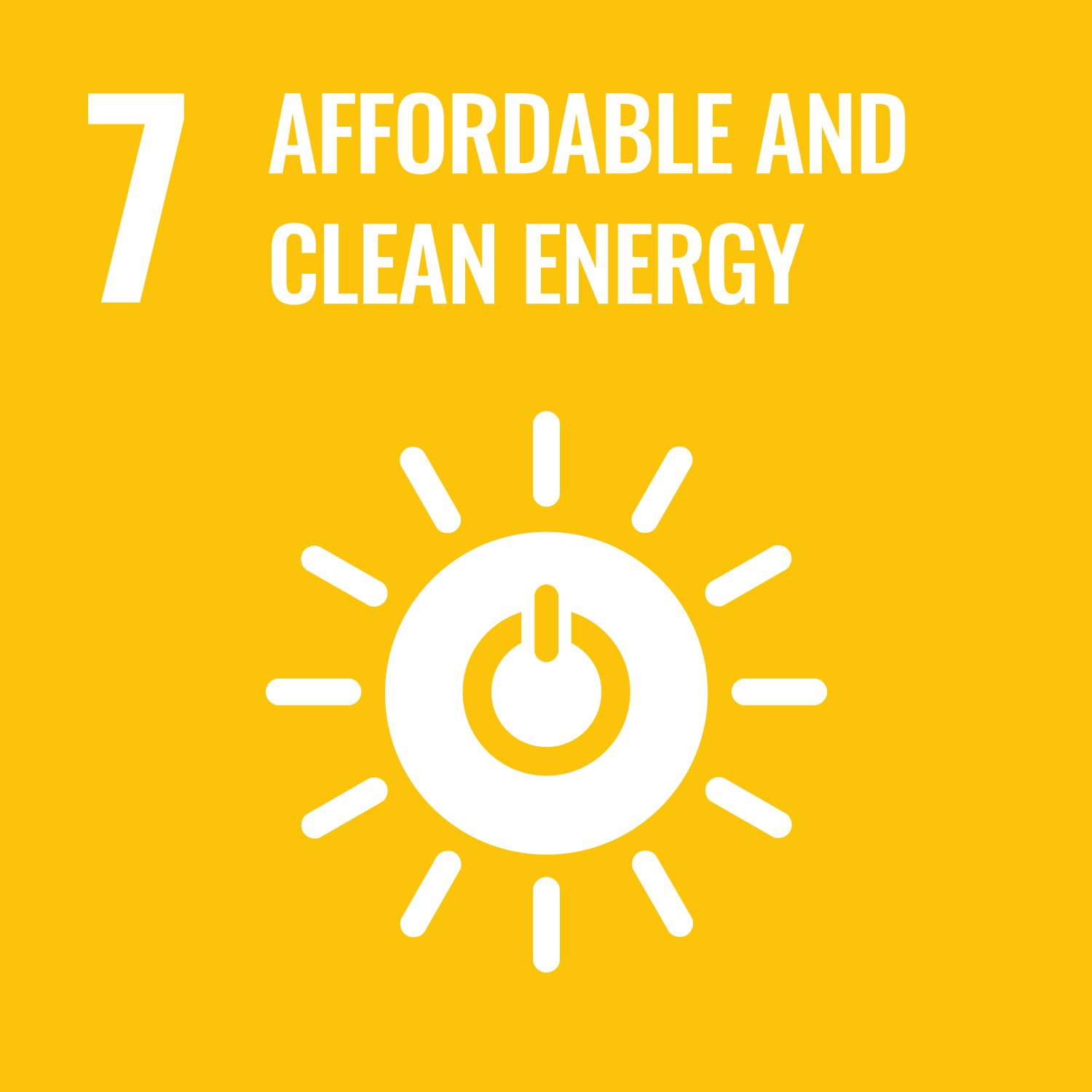Seminar on Mechanical Engineering 1
The curriculum of the Department of Mechanical and Functional Engineering is organized around the three fields of energy,
materials, and information. Mechanical engineering covers a wide range of research subjects, and there are many advanced academic
fields that cannot be dealt with in ordinary lectures and exercises. "Seminar on Mechanical Engineering 1" deals with research
themes based on the highly specialized fields of faculty members of the department. Students select one of the themes presented
by the instructors (Ono, Aoki, Yoshihara, Hashimura, Hosoya, Hirose (English-speaking)) and carry out the tasks given in each
of the seven lectures.
In "Seminar on Mechanical Engineering 1", students will study research themes based on the advanced specialized fields of
the faculty members of the department, and voluntarily learn methods such as logical thinking, quantification, quantification,
and scientific discovery.
- Students can search the database for academic papers related to the target field.
- Students can logically explain the trends in the objective field from the survey results.
- Students can explain the issues in the objective field based on the quantified data from the survey results.
| Class schedule | HW assignments (Including preparation and review of the class.) | Amount of Time Required | |
|---|---|---|---|
| 1. | Guidance | Students should work on issues according to the guidance of the lecturers. | 190minutes |
| 2. | No.1 Optimal design of bridges using Solidworks, Instructor: Professor Shinji Hashimura Currently, the optimum design is required in all fields including automobiles and railways. In order to learn them, we will take up the bridge as a subject and use the 3D-CAD software SolidWorks to perform the optimum design. If face-to-face implementation is possible, a bridge with an optimal design will be manufactured, a strain gauge will be attached, and the stress will be measured to compare with the strain predicted by CAE and confirm the optimal design. |
Students should work on issues according to the guidance of the lecturers. | 190minutes |
| 3. | No.2 Toward the sophistication of the transportation system, Instructor: Professor Sota Yamamoto Currently, there is a movement to actively introduce communication and information technology in road traffic systems, aiming to improve safety through inter-vehicle communication, advanced navigation systems, and intelligent automobiles. However, road traffic has many problems such as mixed traffic such as cars, pedestrians, and bicycles, high moving speed with respect to relative distance, difficult to avoid, and high traffic density. |
Students should work on issues according to the guidance of the lecturers. | 190minutes |
| 4. | No.3 Consideration of the rotation mechanism of the radiometer and trial experiment, Instructor: Professor Naoki Ono We will take up a radiometer that has a simple wing structure, is supported in a vacuum glass sphere, and rotates when exposed to light, and its motion mechanism will be examined in terms of thermo-fluid engineering. In addition, we will discuss ideas and issues for making the rotor blades by each group, actually rotating them in a vacuum vessel to compete for rotation speed, and at the same time rotating them at high speed. In addition, this year, we will also measure and consider the relationship between the pressure value inside the container and the rotational force (rotational speed). |
Students should work on issues according to the guidance of the lecturers. | 190minutes |
| 5. | No.4 NC processing by CAD / CAM, Instructor: Professor Takashiro Aoki In today's manufacturing, it is common to carry out CAD at the time of design and manufacturing by NC equipment. Therefore, understanding the mechanism of converting CAD data into manufacturing data for NC equipment is synonymous with understanding manufacturing by machine tools. In this theme, each person draws the initial characters and the production drawing of the task processed product and creates a processing program by CAM based on it. It is confirmed by simulation whether the product can be manufactured, and finally the aluminum is actually scraped. Through these, you can become a numerically controlled machine and learn about the relationship between CAD / CAM systems and NC machine tools. |
Students should work on issues according to the guidance of the lecturers. | 190minutes |
| 6. | No.5 Modeling of a human action using the MATLAB/Simulink, Instructor: Professor Toshiya Hirose This theme aims to construct a model of a human action using the machine learning function. First, students can learn the model construction method by Matlab/Simlink. Next, students can understand relationships of the input/output and parameter settings in modeling. In this theme, students can understand the constructing method of the model by programming themselves. |
Students should work on issues according to the guidance of the lecturers. | 190minutes |
| 7. | No.6 Dynamic design of structures (design and production of musical instruments), Instructor: Professor Naoki Hosoya The purpose is to learn about dynamic design considering the vibration characteristics and acoustic characteristics of structures through the design and manufacture of metallophones. First, learn the fast Fourier transform, which is one of the data processing methods required for vibration analysis, and learn programming with MATLAB to realize this. Next, we derive the exact solution of the beam and understand the eigenvalues and eigenvectors of the structure. Finally, it is shown that the metallophone with the desired vibration characteristics and acoustic characteristics could be produced by performing vibration measurement, acoustic measurement, and finite element method analysis (NASTRAN) of the manufactured metallophone. |
Students should work on issues according to the guidance of the lecturers. | 190minutes |
| Total. | - | - | 1330minutes |
| Outcomes / Presentations | Total. | |
|---|---|---|
| 1. | 40% | 40% |
| 2. | 30% | 30% |
| 3. | 30% | 30% |
| Total. | 100% | - |
The following items are evaluated based on deliverables and presentations regarding work and efforts to tackle issues.
(1) Research ability for the objective research field: Out of 40 points
(2) Ability to explain logically: Out of 30 points
(3) Ability to analyze data: Out of 30 points
A total of 60 points or more is passed (out of 100 points).
(1) Research ability for the objective research field: Out of 40 points
(2) Ability to explain logically: Out of 30 points
(3) Ability to analyze data: Out of 30 points
A total of 60 points or more is passed (out of 100 points).
| ways of feedback | specific contents about "Other" |
|---|---|
| Feedback in the class |
Each lecturer prepares materials and gives instructions as appropriate.
A thorough review of mechanical mechanics, strength of materials, thermodynamics, and fluid mechanics required for mechanical
engineering.
- Office hour for each lecturer is specified on Scomb.
- Course that cultivates an ability for utilizing knowledge
- Course that cultivates a basic interpersonal skills
- Course that cultivates a basic self-management skills
- Course that cultivates a basic problem-solving skills
| Work experience | Work experience and relevance to the course content if applicable |
|---|---|
| N/A | N/A |





- 3.GOOD HEALTH AND WELL-BEING
- 4.QUALITY EDUCATION
- 7.AFFORDABLE AND CLEAN ENERGY
- 9.INDUSTRY, INNOVATION AND INFRASTRUCTURE
- 12.RESPONSIBLE CONSUMPTION & PRODUCTION
Last modified : Sat Sep 09 05:46:46 JST 2023
